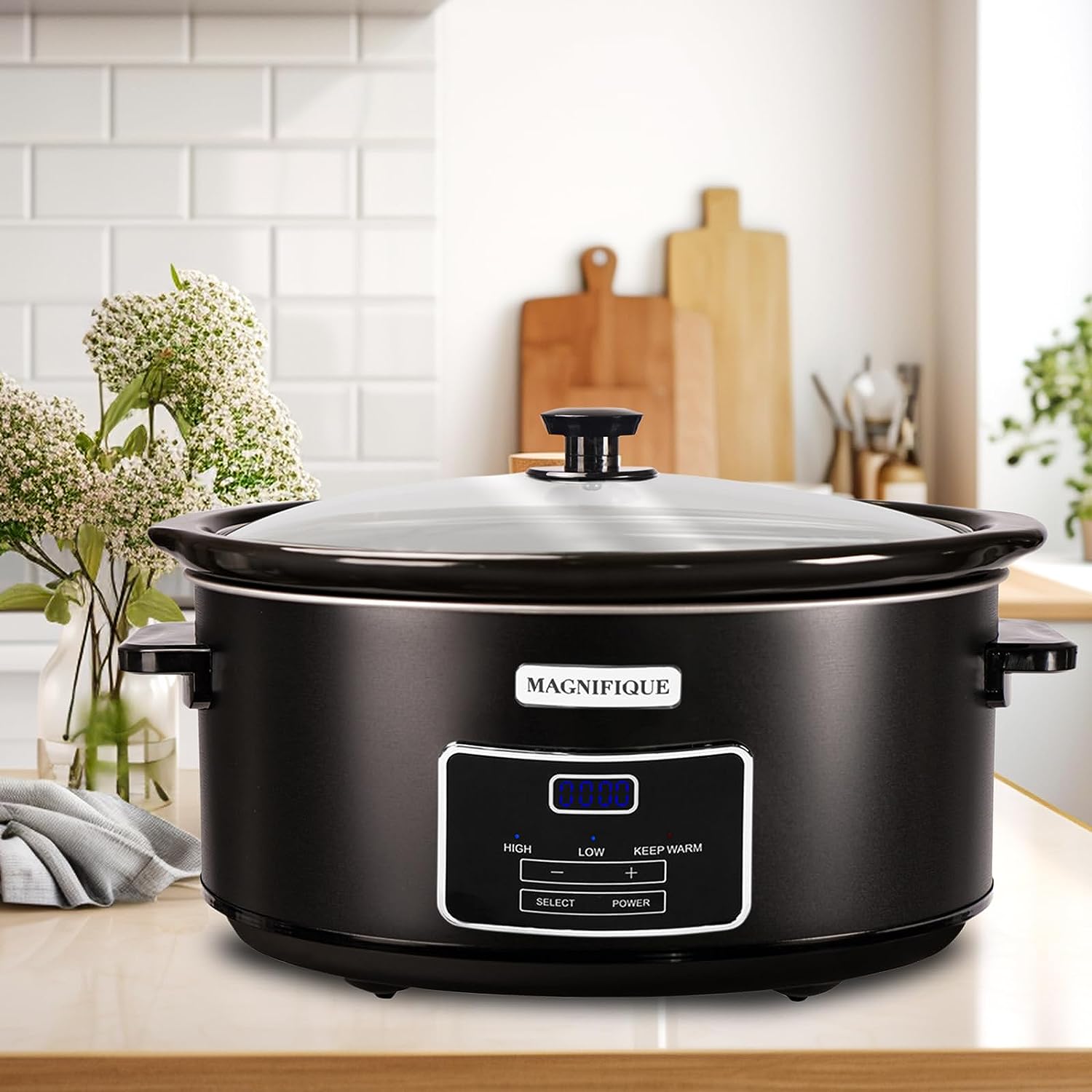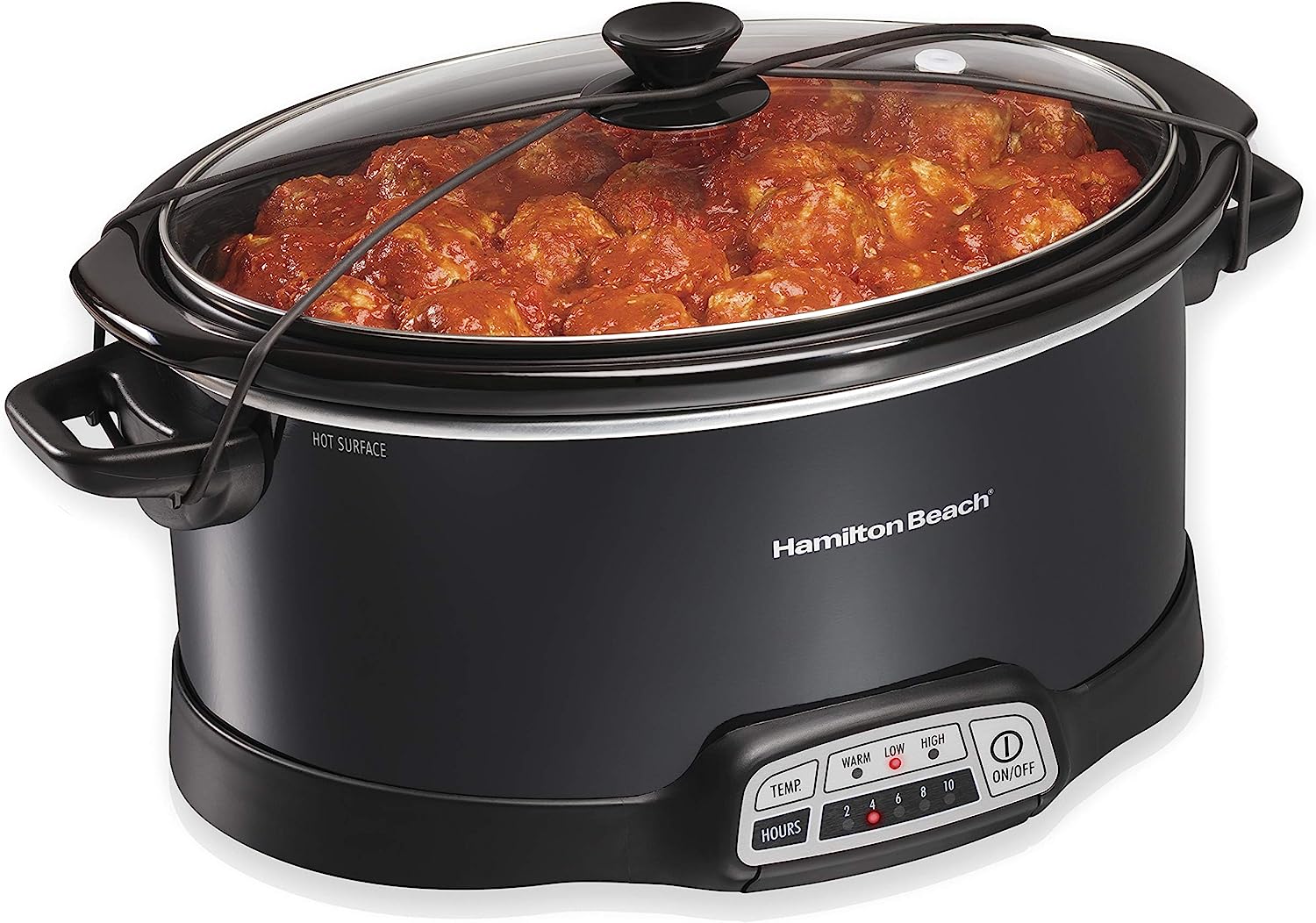

Articles
How To Store Meatballs
Modified: December 7, 2023
Learn the best methods and techniques for properly storing meatballs in this comprehensive article. Keep your favorite dish fresh and delicious for longer with these helpful tips.
(Many of the links in this article redirect to a specific reviewed product. Your purchase of these products through affiliate links helps to generate commission for Storables.com, at no extra cost. Learn more)
Introduction
Meatballs are a delicious and versatile dish that can be enjoyed in various ways. Whether you prefer them in a comforting spaghetti and meatballs dish or as a flavorful appetizer, knowing how to store meatballs properly is essential to maintain their freshness and taste. By following a few simple steps, you can ensure that your meatballs stay delicious and safe to eat for an extended period of time.
In this article, we will guide you through the process of storing meatballs, whether in the refrigerator or freezer. We will also cover the importance of proper labeling and provide tips for thawing and reheating meatballs. Let’s dive in!
Key Takeaways:
- Properly label and store meatballs in airtight containers or freezer bags to maintain freshness. Refrigerate for 3-4 days or freeze for 3-4 months for long-term enjoyment. Thaw and reheat with care to ensure safety and flavor.
- Choose the right container, label with name and date, and follow proper storage durations to enjoy delicious meatballs safely. Refrigerate for short-term storage and freeze for long-term preservation, ensuring optimal taste and quality.
Read more: How To Cook Meatballs In The Air Fryer
Step 1: Choosing the Right Container
When it comes to storing meatballs, selecting the right container is crucial. The container you choose should be airtight and made of a material that is safe for storing food. Here are a few options to consider:
- Glass Containers: Glass containers are an excellent choice for storing meatballs. They are non-toxic, non-reactive, and do not absorb odors or flavors. Additionally, glass containers are microwave and dishwasher safe, making them convenient for reheating and cleaning.
- Plastic Containers: If glass containers are not available, opt for high-quality BPA-free plastic containers that are specifically designed for food storage. Ensure that the containers have tight-fitting lids to keep air and moisture out.
- Freezer Bags: Freezer bags are another option for storing meatballs. They are a space-saving alternative to containers and can easily mold to the shape of the meatballs. Look for heavy-duty freezer bags that are leak-proof and seal them tightly to prevent freezer burn.
Whichever container you choose, make sure it is clean and dry before you begin storing your meatballs. Proper cleanliness and sanitation are essential for food safety, so always wash your containers with hot, soapy water or run them through the dishwasher.
Additionally, consider the size of the container. It is best to store meatballs in single layers to ensure even cooling and freezing. This will prevent them from sticking together and make it easier to thaw the desired amount when needed.
Now that you have chosen the right container, let’s move on to the next step: refrigerating meatballs.
Step 2: Refrigerating Meatballs
Refrigeration is a suitable short-term storage method for meatballs, allowing them to stay fresh for a few days. Here’s how to refrigerate your meatballs:
- Cooling: Before storing your meatballs in the refrigerator, make sure they have cooled down completely. Leaving them at room temperature for about 30 minutes after cooking will help prevent moisture buildup and bacterial growth.
- Transfer to a Container: Place the cooled meatballs into an airtight container or wrap them tightly in plastic wrap. To prevent any leakage or the mixing of flavors, it’s best to keep each meatball individually wrapped or separated with parchment paper.
- Label and Date: Properly labeling your container with the name and date of storage is essential for organization and keeping track of freshness. Be sure to use a permanent marker or label that won’t smudge or fade.
- Refrigerate: Once packaged and labeled, place the container in the refrigerator. Keep in mind that meatballs should be refrigerated at or below 40°F (4°C) to prevent bacterial growth. Position the container on a shelf away from raw meats or poultry to avoid cross-contamination.
- Storage Duration: When stored properly in the refrigerator, meatballs can typically stay fresh for up to 3 to 4 days. However, it’s always best to consume them as soon as possible for optimal taste and quality.
It’s important to note that if you plan to store the meatballs for an extended period or if you have leftovers that you won’t consume within a few days, it’s recommended to move on to the next step: freezing meatballs.
Now that your meatballs are refrigerated, let’s discuss how to freeze them for long-term storage if needed.
Step 3: Freezing Meatballs
Freezing is an excellent method for long-term storage of meatballs, allowing you to preserve their freshness and flavor for several months. Follow these steps to freeze your meatballs:
- Cooling: Just like with refrigeration, ensure that your meatballs have cooled down completely before freezing. This step helps to prevent bacteria growth and maintain the quality of the meatballs.
- Arrange on a Baking Sheet: Line a baking sheet with parchment paper or silicone mat. Arrange the meatballs in a single layer, making sure they are not touching each other. This will prevent them from sticking together during freezing.
- Flash Freezing: Place the baking sheet with the meatballs in the freezer. Allow them to freeze for about an hour or until they are firm to the touch. This initial freeze, known as flash freezing, will ensure that the meatballs maintain their shape and texture.
- Transfer to Freezer Bags or Containers: Once the meatballs are flash frozen, transfer them to freezer bags or containers. Remove any excess air from the bags before sealing them tightly. If using containers, make sure they are airtight to prevent freezer burn.
- Label and Date: Similar to refrigeration, labeling your freezer bags or containers with the name and date of storage is essential for organization. Use a permanent marker or label that won’t smudge or fade.
- Freeze: Place the labeled freezer bags or containers in the freezer, ensuring they are positioned in a way that prevents them from getting crushed or damaged. Keep in mind that freezing meatballs at 0°F (-18°C) or below will maintain their quality for an extended period.
- Storage Duration: When properly stored in the freezer, meatballs can retain their quality for up to 3 to 4 months. However, it’s best to consume them within the first two months for the best taste and texture.
Now that your meatballs are safely frozen, let’s move on to the next step: proper labeling.
Store meatballs in an airtight container or resealable bag in the refrigerator for up to 3-4 days. For longer storage, freeze them in a single layer on a baking sheet before transferring to a freezer-safe container.
Step 4: Proper Labeling
Proper labeling is essential when it comes to storing meatballs, whether in the refrigerator or freezer. Clear and accurate labeling helps you keep track of the contents and storage dates, ensuring that you consume them before they lose their freshness. Follow these labeling guidelines:
- Name: Clearly write the name of the food item on the label. In this case, label it as “Meatballs.”
- Date: Include the date of storage on the label. This will help you track how long the meatballs have been stored and when to consume them.
- Quantity: If you have stored different batches or portions of meatballs, note the quantity on the label. This will help you easily determine how many meatballs you have for future reference.
- Additional Details: If you prefer, you can include any additional details on the label, such as the seasoning used or any specific instructions for reheating.
Ensure that the labels are securely attached to the containers or freezer bags. You can use adhesive labels or write directly on the container’s surface with a permanent marker. Avoid using water-based markers that can smudge or fade over time.
By properly labeling your meatball containers, you will maintain organization in your storage and have a clear understanding of the contents and storage durations.
Now that you have learned about proper labeling, let’s move on to the next step: thawing and reheating meatballs.
Read more: How To Cook Meatballs On Stove Top
Step 5: Thawing and Reheating Meatballs
When you’re ready to enjoy your stored meatballs, proper thawing and reheating methods are essential to ensure they are safe to eat and maintain their flavor and texture. Follow these steps to thaw and reheat your meatballs:
- Thawing:
- Refrigerator Thawing: The safest method to thaw meatballs is to transfer them from the freezer to the refrigerator. Place the frozen meatballs in a shallow dish or on a plate to catch any potential drips. Allow them to thaw in the refrigerator for at least 24 hours.
- Cold Water Thawing: If you’re short on time, you can use the cold water thawing method. Seal the meatballs in a leak-proof plastic bag and submerge the bag in a bowl of cold water. Change the water every 30 minutes until the meatballs are thawed.
- Microwave Thawing: As a last resort, you can use the microwave to thaw the meatballs. Place them in a microwave-safe dish and use the defrost function, following the manufacturer’s instructions. Be cautious not to overcook the meatballs during this process.
- Never thaw meatballs at room temperature, as this can promote bacterial growth and compromise food safety.
- Reheating:
- Oven: Preheat your oven to 350°F (175°C). Place the thawed meatballs in a baking dish and cover with foil to prevent them from drying out. Heat them in the oven for approximately 15-20 minutes or until warmed through.
- Stovetop: Heat a skillet over medium heat and add a tablespoon of olive oil or butter. Place the thawed meatballs in the skillet and cook for 5-7 minutes, turning occasionally, until heated thoroughly.
- Microwave: If you’re short on time, you can use the microwave to reheat the meatballs. Place them in a microwave-safe dish and heat for 1-2 minutes on high, checking and stirring them every 30 seconds to ensure even reheating.
Remember to check the internal temperature of the reheated meatballs with a food thermometer. They should reach an internal temperature of 165°F (74°C) to ensure they are fully cooked and safe to eat.
Now that you know how to thaw and reheat your meatballs, let’s move on to the last step: storage duration and shelf life.
Step 6: Storage Duration and Shelf Life
Understanding the storage duration and shelf life of your meatballs is crucial for maintaining their quality and ensuring they are safe to consume. Here’s what you need to know:
Refrigerated Meatballs:
When stored properly in the refrigerator, meatballs can typically stay fresh for up to 3 to 4 days. It’s important to consume them within this time frame to ensure optimal taste and texture. After 4 days, the risk of bacterial growth and spoilage increases, and it’s best to discard any remaining meatballs.
Frozen Meatballs:
When stored at 0°F (-18°C) or below, meatballs can retain their quality for up to 3 to 4 months in the freezer. While they can be safely consumed beyond this time, the longer they are stored, the more their flavor and texture can deteriorate. To ensure the best eating experience, it is recommended to consume frozen meatballs within the first two months.
It’s important to note that these storage durations are general guidelines and may vary depending on factors such as the freshness of the meatballs, the storage conditions, and the quality of packaging. Always use your best judgment and rely on your senses to determine if the meatballs are still good to eat.
Additionally, it’s important to practice proper food safety measures when storing and consuming meatballs. This includes maintaining proper hygiene, storing and handling raw and cooked meatballs separately, and ensuring that they are cooked thoroughly before consumption.
By following these storage guidelines and best practices, you can enjoy delicious meatballs that are safe to eat and maintain their quality.
Now that you’re equipped with the knowledge of storing meatballs, from choosing the right container to understanding the storage durations, you can confidently store and enjoy your meatballs without any worries.
Happy cooking and enjoy your tasty meatballs!
Conclusion
Storing meatballs properly is essential to maintain their taste, quality, and safety. Whether you need to refrigerate them for a few days or freeze them for long-term storage, following the right steps ensures that your meatballs stay fresh, delicious, and ready to enjoy.
Choosing the right container, whether it’s airtight glass or BPA-free plastic, is the first step in storing meatballs. Keeping them in single layers helps prevent sticking and makes thawing easier. Properly labeling the containers or freezer bags with the name, date, and quantity of meatballs allows for easy organization and tracking.
Refrigerating meatballs allows for short-term storage of up to 3 to 4 days, while freezing extends their shelf life to 3 to 4 months. Thawing can be done in the refrigerator, cold water, or microwave, while reheating can be done in the oven, stovetop, or microwave. Ensuring that reheated meatballs reach an internal temperature of 165°F (74°C) is important to guarantee they are fully cooked.
It’s important to note that storage durations may vary depending on factors such as freshness, storage conditions, and packaging quality. Trust your senses and use your best judgment when determining if meatballs are still good to eat.
By following these steps and guidelines, you can store your meatballs with confidence, knowing that they will remain delicious and safe to consume. So go ahead, whip up a big batch of meatballs, store them properly, and enjoy their delectable flavors whenever you crave them.
Happy cooking and bon appétit!
Frequently Asked Questions about How To Store Meatballs
Was this page helpful?
At Storables.com, we guarantee accurate and reliable information. Our content, validated by Expert Board Contributors, is crafted following stringent Editorial Policies. We're committed to providing you with well-researched, expert-backed insights for all your informational needs.















0 thoughts on “How To Store Meatballs”